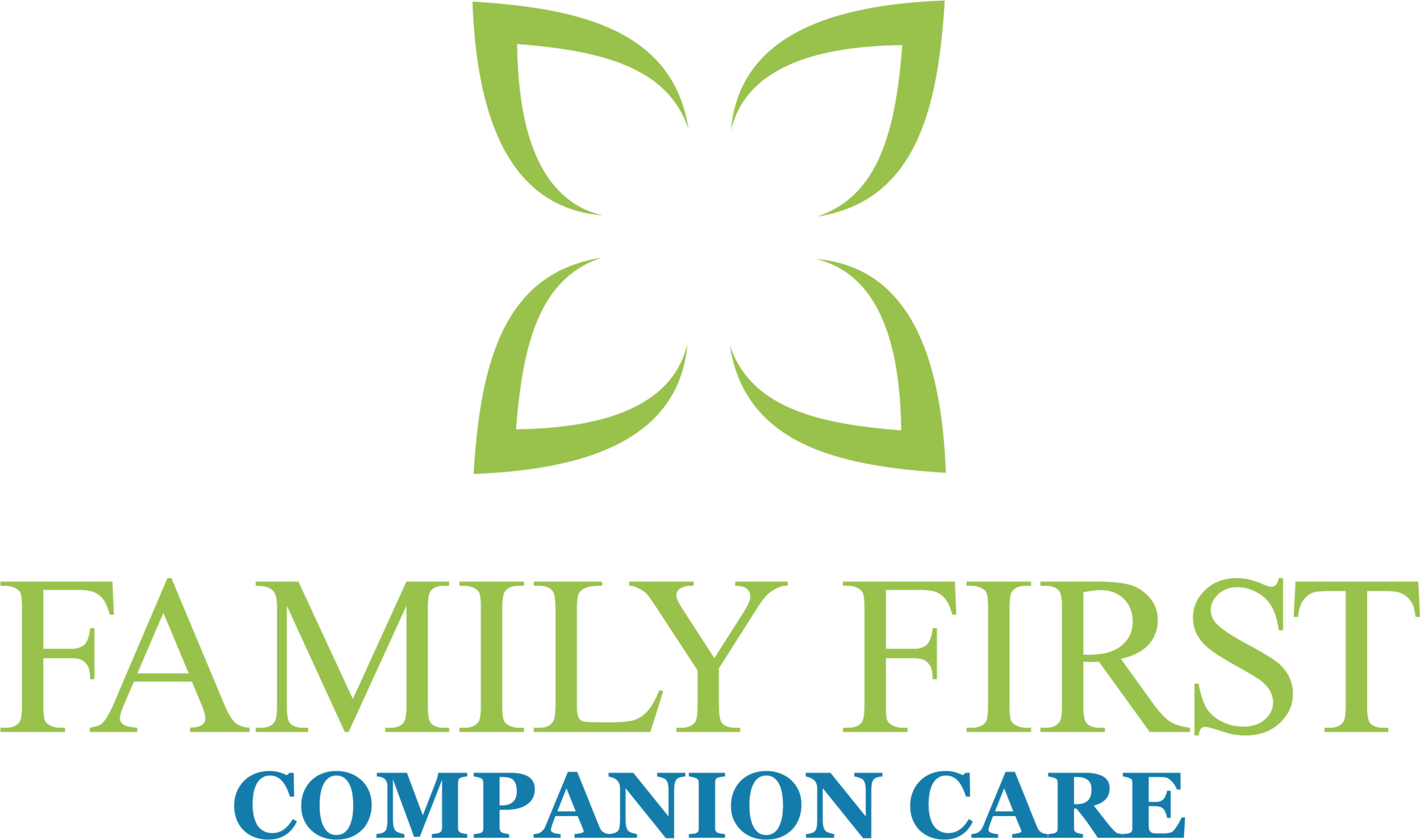Intake Strategies
“WE WANT OUR FAMILIES TO UNDERSTAND WHAT WE CAN DO, WHAT THEY CAN EXPECT US TO DO, AND THE TIME IT WILL TAKE TO ACHIEVE THESE GOALS.”
One of the most important considerations when creating an intake strategy for families is to effectively convey what we can do and how we can meet their expectations. We want our families to understand what we can do, what they can expect us to do, and the time it will take to achieve these goals. Patience is key, especially when we are introducing a new element into an established environment.
We are also very aware of environments when creating an intake plan for a patient. It is important to assess any modifications that need to be made to ensure a safe and productive space, such as adding shower chairs, rails, or widened doorframes. Assessing the environment is helpful for knowing if furniture or rugs will need to be moved, especially if we are introducing new equipment to the space. This allows us to provide a clear field of mobility.
Another important part of intake is ensuring that the process is as gentle as possible. When we enter a home we take a gentle approach while establishing ourselves so that everyone gets accustomed to having a caregiver in their private home doing tasks.
Once we have established that care is needed and taken a home visit or virtual home tour, we then discuss scheduling needs and create a service plan. Next, our personnel coordinator looks at staffing options and availability that would make the best schedule for our caregivers and families. After that, we schedule our first day of services!
Our Executive Director, Rashelle Hammack, will usually go to the home of the first day of service to ease the transition and ensure that the first day starts off smoothly. Our caregivers are always prepped beforehand, but we make sure to cover all of the bases again once we are in the home, because every space is different and we want to be prepared.
From the first day of service, we continue to provide consistent care, with direct access to one-on-one communication and companionship. We also have regular phone calls to check in and make sure our families and caregivers are doing well. This also gives our clients the chance to ask questions about our policies and procedures and address any concerns that they may have.

